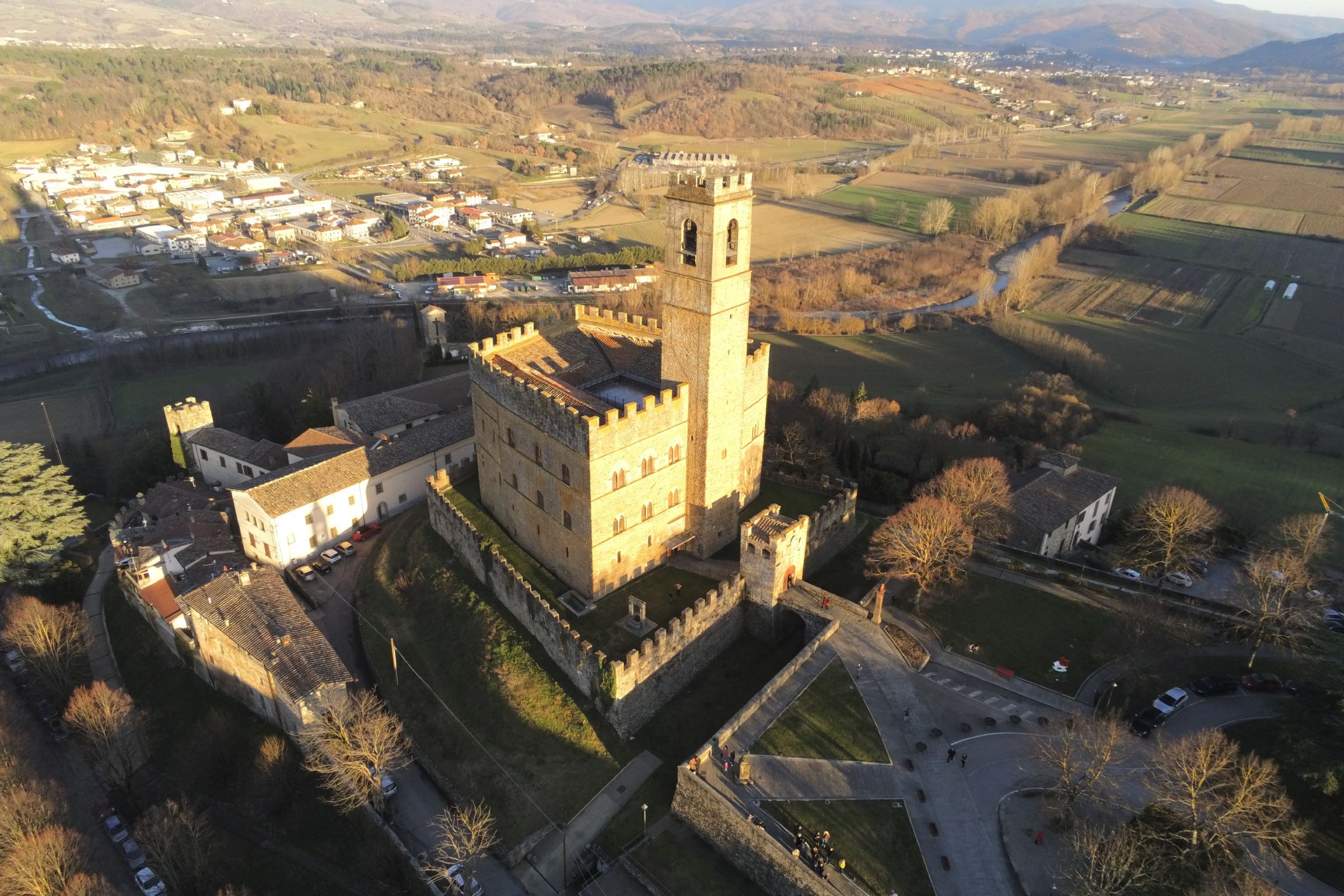Casentino
On the northern city of Arezzo extends the prosperous upper valley dell'Arno a predominantly agricultural area called Casentino. A large basin characterized by thick green forests of oak, beech and pine trees.
This land is rich with ancient traditions that still remain living in catering industries and "the cloth Casentinese", a woolen fabric colors bright as the orange and green bottle, wrought iron, wood and stone. As for the cuisine, offers this simple and traditional dishes like scottiglia el 'acquacotta, tortelli potatoes and cheese and ham of excellent quality.
From Arezzo, the best resort for a hike is Poppi, easily reachable by bus by train of private railway LFI. Other places of interest to tourists is Bibbiena, the main commercial city of the whole Casentino. In the center of Bibbiena, the main tourist attraction is the Church of San Lorenzo, in which hosts many of the terracotta Della Robbia.
Strong impact of tourism is also the Church of Saints Ippolito and Donato, located in Piazza Tarlati in the upper part of the city: Here tourists can admire the magnificent altarpiece by Lorenzo di Bicci. Going back further downstream, tourists can stop in one of the many bars that you meet along the streets to enjoy a good ice cream. The more adventurous tourists can reach by Bibbiena by public transport also sites of Camaldoli and Prataglia Badia for a pleasant hike in the national park.
Holidays in Poppi
The small village of Poppi is clearly visible only 6 km from Bibbiena. The city center is formed by a couple of squares and a suggestive way porticoed: Via Cavour. The main tourist attraction is the castle of the Guidi, built in the thirteenth century. The castle has significant similarities with Palazzo Vecchio in Florence, because the architect was precisely the same Arnolfo di Cambio. Inside a huge library, while the areas open to tourists expose a superb collection of weapons and some medieval frescoes kept in impeccable manner.
We advise tourists to continue to Via Cavour, to the abbey of Saint faithful, dating back to the twelfth century. Inside is a beautiful well-preserved thirteenth century painting depicting the Madonna and child, exposed in a very dark and evocative peacefully. To admire it must be lucky, because very often the entrance is closed.
